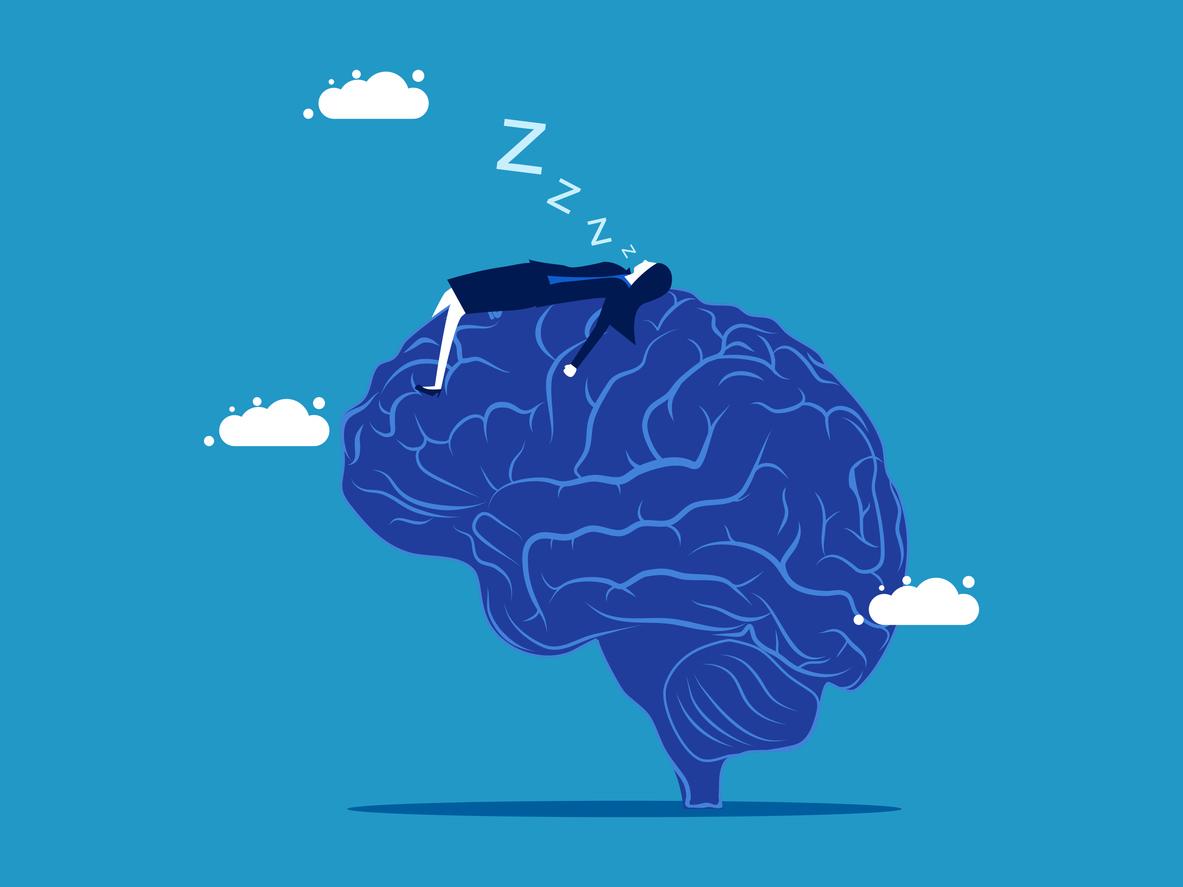Brain waves related to brief pain and touch can vary greatly from scan to scan.

- Unique pain imprints in the brain have been discovered for the first time.
- Gamma oscillating brain waves created individual patterns when stimulated.
- Some people had no waves.
In a recent study, researchers at the University of Essex found, for the first time, that everyone’s brain has a “fingerprint of pain”, which changes from person to person. To reach this conclusion, they looked at brain data from 70 adults. “The first set of information contains two repeated sessions of tactile and painful stimulation of 22 participants. The second contains a single session of painful stimulation of 48 participants”, the scientists said in the work published in the journal Journal of Neurophysiology.
Brain and pain: some participants had no waves
Overall, the team found that the participants’ fast gamma oscillating brain waves were “remarkably stable” and created individual patterns when stimulated. According to the results, some volunteers reported feeling pain and having no gamma response, while others had a significant response. Thus, there are major differences in the time, frequency, and location of gamma oscillations.
“Not only, for the first time, can we highlight the extreme variability of the gamma response from person to person, but we also show that the individual response pattern is stable over time. This pattern of group variability and individual stability may apply to other brain responses, and its characterization may allow us to identify individual pain imprints in brain activity.” said Elia Valentini, author of the work, in a statement.
Changing the way brain waves are measured to discover their “true role”
Faced with these results, the researchers believe that it is necessary “to return to square one”, because the data of previous research on the link between pain and brain waves with gamma oscillations “do not represent all people.” “We don’t want gamma oscillations not to play a role in pain perception, but we certainly won’t discover their true role if we continue to quantify them as we have done so far,” added Elia Valentini, who hopes this study will change the way gamma-oscillating brainwaves are measured in other sensory domains.

















